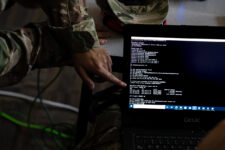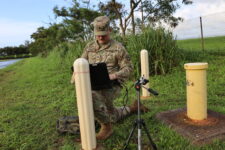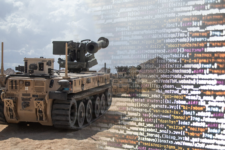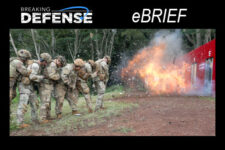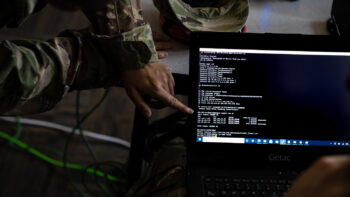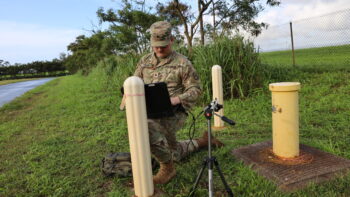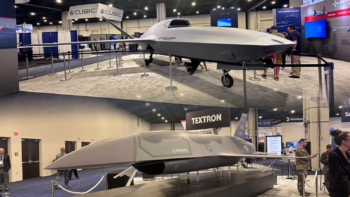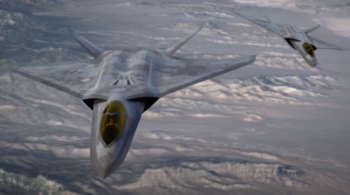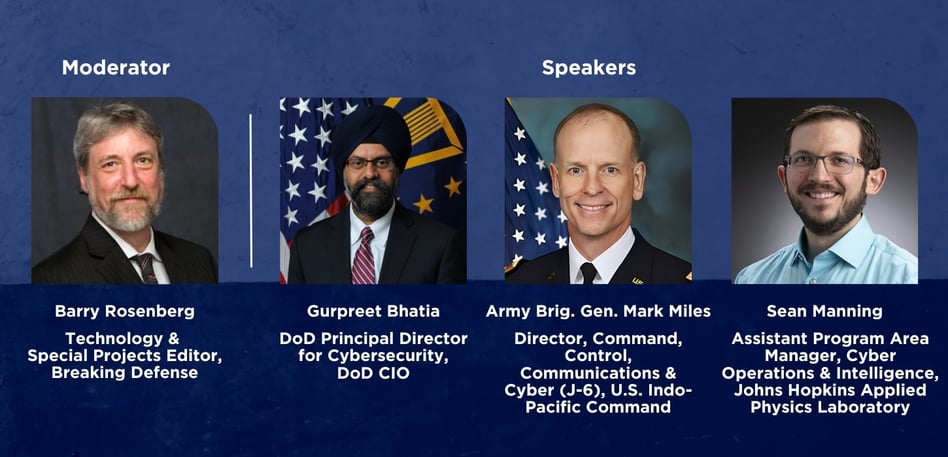
Moderator: Barry Rosenberg, Technology & Special Projects Editor, Breaking Defense. Speakers: Gurpreet Bhatia, DoD Principal Director for Cybersecurity, DoD CIO; Army Brig. Gen. Mark Miles, Director, Command, Control, Communications & Cyber (J-6), U.S. Indo-Pacific Command; Sean Manning, Assistant Program Area Manager, Cyber Operations & Intelligence, Johns Hopkins Applied Physics Laboratory.
Defending defense networks from cyberattack has often meant erecting firewalls — the digital version of what militaries have done time immemorial by building fortifications and defending borders and boundaries. Those walls, however, are invariably breached, in the same way that adversaries have and continue to infiltrate networks to steal data and disrupt command, control, and communications.
That means there need to be additional layers of cybersecurity to augment the firewalls, so that when they are compromised and the bad guys are inside the network the damage that they inflict can be minimized.
“We’re good at the boundary, but we’re not good once they get inside our infrastructure or networks,” noted Gurpreet Bhatia, DoD principal director for Cybersecurity and deputy chief information security officer, speaking during a recent Breaking Defense webinar. “That’s the goal, to prevent data loss so we don’t lose troves of our sensitive, critical information [and to] protect against threats to our critical infrastructure.
“As our ecosystem evolves over time and becomes more integrated, we [also] want to make sure our industrial base, our critical partners, are part of that ecosystem [to address] that threat landscape. How do we think about this global supply chain challenge that we have today? [There are] lots of threat vectors that we think through, and at the end of the day how do we take all those threats in concert and figure out what is the acceptable risk that we want to operate within.”
Bhatia and other cyber experts discussed the answers to those questions and many more in the recent Breaking Defense webinar, entitled Cybersecurity Across Domains for Multi-Domain Operations.
Besides Bhatia, two other panelists participated in the one-hour webinar, which is now available on-demand. They were: Army Brig. Gen. Mark Miles, Director, Command, Control, Communications and Cyber (J-6), US Indo-Pacific Command, and Sean Manning, Program Manager, Cyber Operations & Intelligence, Johns Hopkins Applied Physics Laboratory.
Amongst other topics, Miles discussed the near-term cybersecurity challenges he’s addressing. Top of the list is the need to partner with commercial industry to protect critical infrastructure, a relationship that he noted needs to be stronger in order to better understand the cyber-risk profile of Army forces in the Indo-Pacific region.
For his part, Manning looked at how the Applied Physics Laboratory is addressing the challenge of advanced persistent threats to systems that forces depend upon for operations and sustainment, including targeting, nuclear command and control, weapon systems, and strategic communications.
The full three-way moderated on-demand webinar can be found here.
